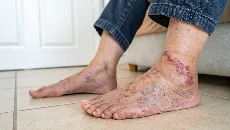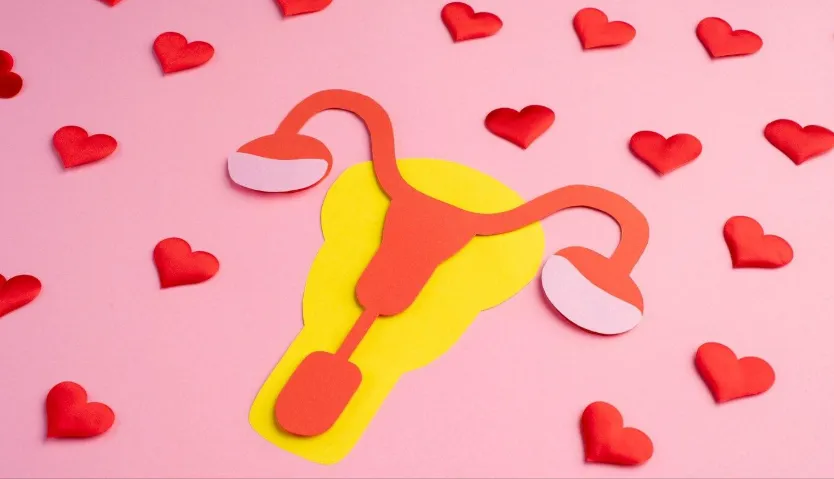Table of Contents
Understanding Substance Use Disorder in Adolescents
Substance use disorder (SUD) is a significant concern among teenagers, affecting their physical, emotional, and social well-being. Recognizing that residential treatment centers for adolescents play a crucial role, these facilities offer specialized care that caters to the developmental needs of young individuals.
Adolescence is a critical time for development, making the effects of substance use more profound. During these formative years, teens undergo numerous changes, including neurological developments and identity exploration, which can be disrupted by substance abuse. Understanding these dynamics is essential for addressing the unique challenges boys and girls face with SUD.
Gender Differences in Substance Use
Research indicates distinct patterns of substance use between genders, with boys generally exhibiting higher rates of use. Boys are more likely to experiment with substances due to external pressures such as social norms and a desire to assert independence. Girls’ experiences are unique and complicated since they frequently utilize drugs as a coping method for emotional problems.
These gender disparities imply that intervention tactics need to be modified to target the unique circumstances and factors that influence substance use in both boys and girls.
By examining these nuances further, we can develop more effective prevention and treatment methodologies that cater to the diverse needs of adolescent populations.
Psychological Impacts by Gender
The psychological impacts of SUD vary considerably between boys and girls. Boys are often predisposed to more externalizing behaviors, such as aggression and conduct issues, which can be exacerbated by substance use. On the other hand, internalizing illnesses like sadness and anxiety, which can both cause and be a result of substance misuse, are more common in girls.
Addressing these psychological differences requires a nuanced understanding of how boys and girls process emotions and experiences differently. By integrating psychological assessments and therapies that acknowledge these gendered experiences, treatment providers can offer more personalized and effective care.
Social Considerations and Peer Influence
Social dynamics play a pivotal role in adolescent substance use. Peer influence is among the strongest predictors, with teens often feeling pressured to conform to group behaviors to fit in. This pressure manifests differently for boys and girls. Boys might face challenges related to masculinity and risk-taking, while girls often contend with issues of self-esteem and acceptance.
Understanding these social influences is crucial for developing interventions that empower teens to resist peer pressure. Programs that focus on building self-esteem and resilience can help teens navigate social challenges and make healthier decisions regarding substance use.
Tailored Treatment Approaches
Given the distinct experiences of boys and girls with SUD, personalized treatment approaches are essential. Gender-sensitive programs considering the biological, psychological, and social factors unique to each gender can enhance treatment outcomes. For instance, programs for boys may focus more on developing emotional literacy and managing aggression, whereas those for girls might emphasize coping strategies for anxiety and depression.
Engaging families and integrating therapeutic practices, such as cognitive-behavioral therapy and motivational interviewing, can support adolescents in recovery. Developing comprehensive care plans that involve multidisciplinary teams ensures that all facets of a teen’s life affected by SUD are addressed.
Also Read: The Ultimate Guide to Health Supplements: Everything You Need to Know
Preventative Measures and Education
Prevention is critical in reducing the incidence of substance use among adolescents. Educational programs that raise awareness about the risks and consequences of substance use can deter teens from engaging in such behaviors. These programs should be designed to resonate with both boys and girls, utilizing relevant examples and scenarios highlighting the gender-specific risks and pressures they might face.
Collaborative efforts involving schools, communities, and parents can create a supportive network encouraging healthy lifestyle choices. Prevention efforts can be more effective by providing teens with accurate information and fostering environments where open discussions are encouraged.
Role of Support Systems
Support systems are vital in guiding teens through the challenges of SUD. Families, schools, and communities can all contribute to a teen’s recovery journey by providing understanding, stability, and encouragement. Engaging in family therapy and utilizing community resources strengthens these support networks.




